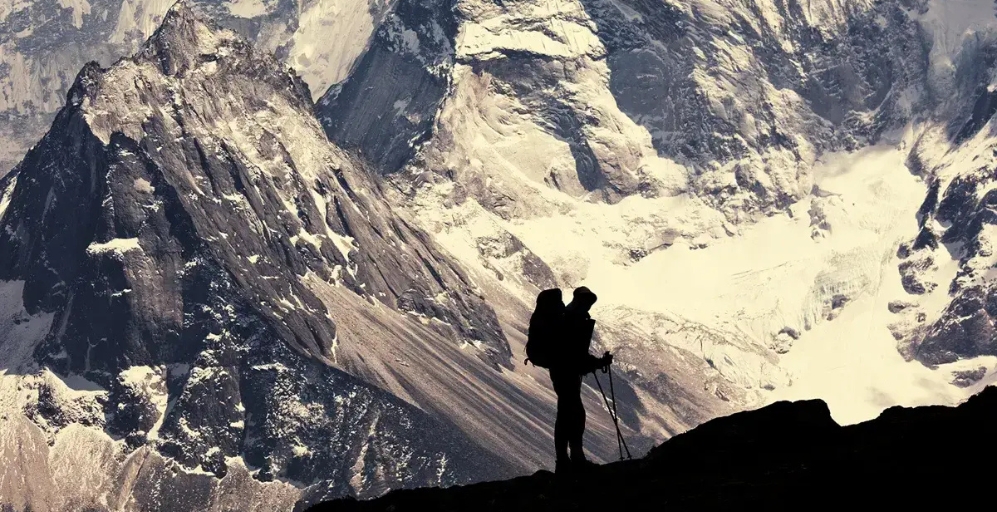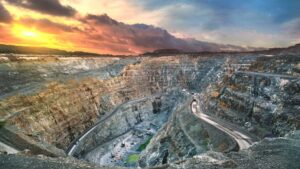The Himalayan mountain range is located in Asia, separating the plains of the Indian subcontinent from the Tibetan Plateau. The range has several peaks exceeding an elevation of 8 000 m including Mount Everest, the highest mountain on Earth, towering at 8 850 metres. The mountain range runs for 2 400 km as an arc from west-northwest to east-southeast at the northern end of the Indian subcontinent. The Himalayas occupy an area of 595 000 km2 across six countries –Afghanistan, Bhutan, China, India, Nepal, and Pakistan.
The Himalayas were formed by the collision of the Indian Plate with the Eurasian Plate. Around 50 to 55 million years ago, the Indian subcontinent began to move northward and collided with the much larger Eurasian landmass. This continental collision caused a colossal thickening of the continental crust along the collision zone which caused the Earth’s crust to fold, warp, and uplift, leading to the creation of the Himalayan mountain range. The tectonic activity in the area is still extremely powerful – the plates are moving towards each other at a rate of a few centimetres per year – which is why the Himalayan mountains are still growing today, albeit at a much reduced rate, and why the region is subject to so many earthquakes.
The thickening of the continental crust along the collision zone resulted in an elevated terrain in the form of the Himalayan range and the Tibetan plateau which exist because the continental crust is less dense and essentially ‘floats’ on the denser mantle material beneath. This is due to a principle called isostasy which means that as the crust thickens (like in mountain ranges), it floats higher on the denser mantle below, similar to how an iceberg floats in water, and when it becomes thinner (such as through erosion), it rises. Isostasy ensures that variations adjust to achieve crustal equilibrium, which helps maintain gravitational balance. For example, the weight of the Himalayas pushes the crust down, while erosion and sediment deposition gradually lift it up again. All these dynamic adjustments ensure that the Earth’s crust is constantly adjusting to changes in mass which helps maintain balance over geological timescales.
In geological terms, the Himalayas are still youthful mountains, having formed around 50 million years ago (as opposed to the Appalachian range for example, which is around 480 million years old). Youthful mountains have sharp, rugged peaks and steep slopes, characteristics exhibited by the Himalayas, and because they are young, they have been subjected to less erosion than old ranges and therefore have maintained their rugged features and height. The Himalayan range’s status as home to the world’s highest mountains, such as Mount Everest or K2, is the result of incredibly powerful tectonic plate convergence, a unique and complex geological process. These giants continue to grow as tectonic activity carries on and are a testament to the dynamic nature of the Earth’s geology, and to the forces that shape our world and play an essential part in our climate and ecosystems.
References/Sources
How on Earth? Terrence McCarthy












